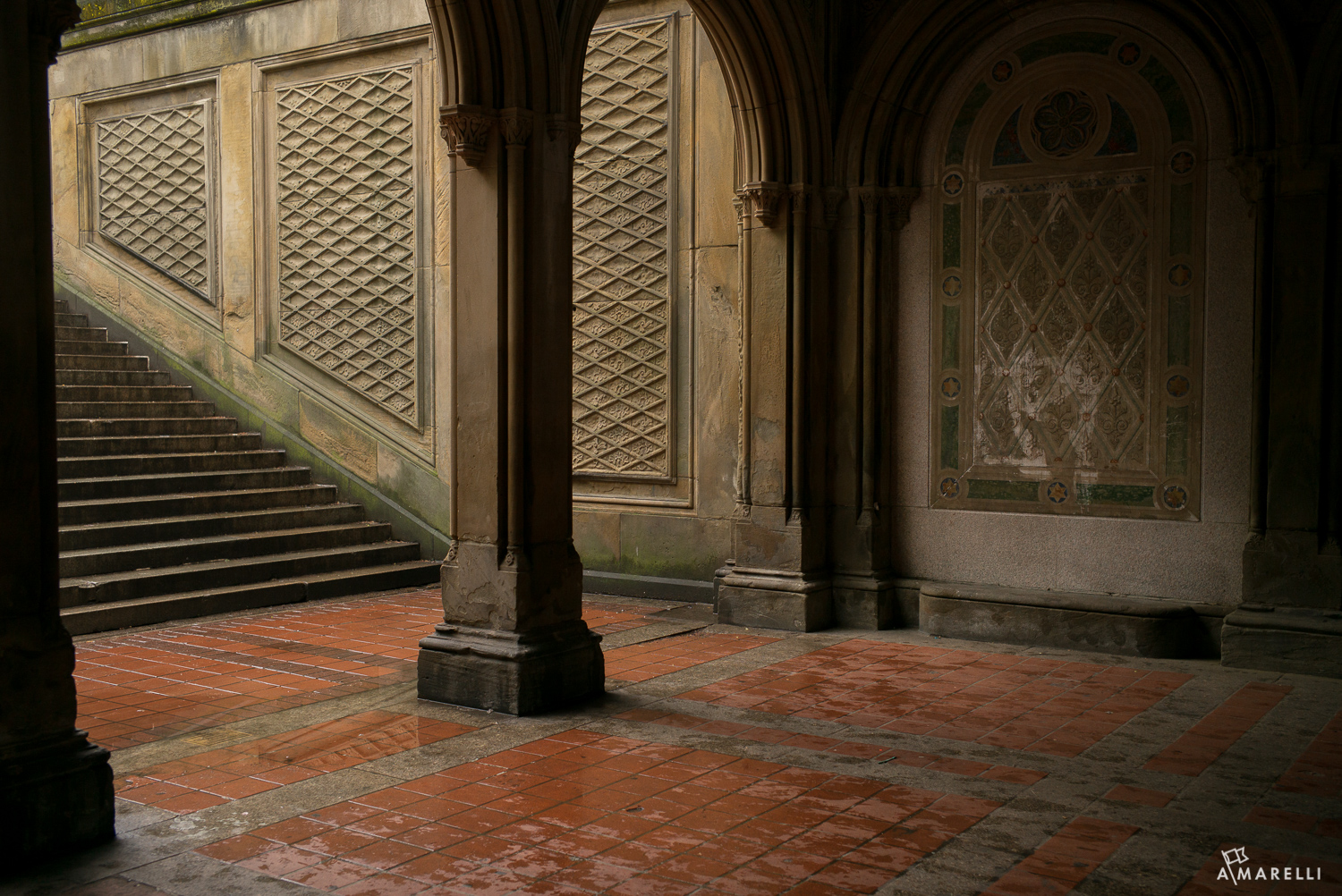
Maybe my love of cooking is seeping into photography. As a compliment to my previous “Salt Analogy to Post Production,” let’s look at a “Pepper Analogy” to finding good light by looking in the shadows.
When you learn photography, the early phases relate to problem solving. From the very basic problems (like how to properly handle the camera) to more advanced problems (like exposure and how to build a series), there are baseline techniques that everyone initially must learn.
One of those techniques (which the camera can never solve for you) is finding light. Most camera companies market the dynamic range of their sensors because they can’t control where you point your camera. Their plan is to show how the highlights can be recovered and how the shadows can be opened up to show more detail. But the underlying reason for this advanced technology is because most photographers struggle to find good light.
There is no amount of money you can spend on gear that will make up for the skill of finding light and shadow.
Camera companies will never tell you this since they would prefer to sell 100 megapixel cameras and ultra fast, expensive glass. But, you can save yourself $10,000-$50,000 if you start looking for shadows.
The third installment of my series on Udemy talks about this at length. But this article is to help photographers who “don’t know what they don’t know.”
There is no amount of money you can spend on gear that will make up for the skill of finding light and shadow.
As paradoxical as it might sound, the easiest way to find good light is to look for shadows. Without shadows the picture will look bright and flat. In the Renaissance, it was called Chiaroscuro (literally translated “light-dark”). Light without shadow is flat. Shadow without light is flat. But the combination of the two gives us form, volume, and atmosphere.
Truthfully, there is no such thing as a “good” light. Lighting is not moralistic. There is no good or bad. In general, good lighting is considered to be light that shows a picture to have form, volume, and atmosphere. On the other hand, bad lighting results in photos that are formless, one dimensional, and lack atmosphere.
Personally, I am not into debating whether it is good or bad, but am more interested in your ability to go between different types of lighting with a secure knowledge that you can accomplish your goals.

The easiest way to determine what type of light exists in a scene is to look at the shadows. Ask yourself the following questions to reveal what type of light and shadow you are looking at:
If it looks like the shadows run across the picture like sprinkles of pepper and not like black, cardboard cut outs, you will have a balance of light and shadows that will start to create form, volume and atmosphere. These shadows are the types used in paintings by Raphael, Caravaggio, Vermeer, and Rembrandt. The shadows dissolve as they move across the paintings and will do the same thing in your photographs.

So where is this magical formula of light and shadow hiding? It tends to show itself in the early morning or late afternoon hours of the day, but it also shows up anytime you have a roof blocking light from above.
All three of these situations will always yield an excellent combination of light and shadow.
Now go out and find some yourself!
So where is this magical formula of light and shadow hiding? It tends to show itself in the early morning or late afternoon hours of the day, but it also shows up anytime you have a roof blocking light from above.